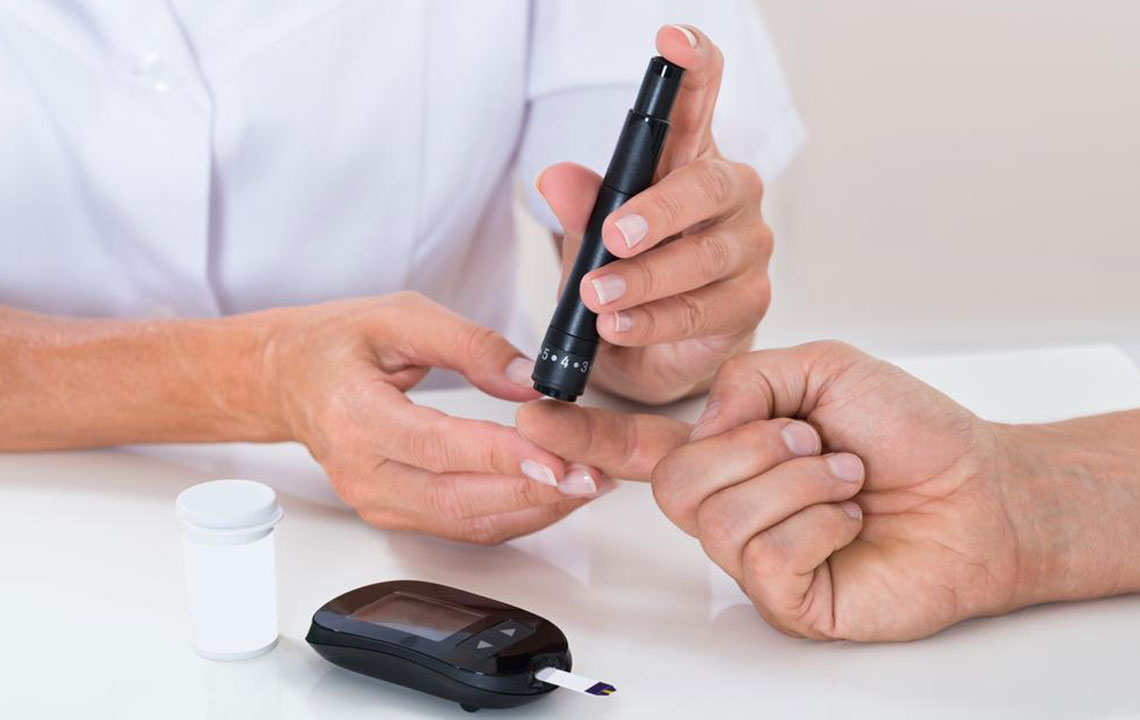Comprehensive Guide to Optimal Blood Sugar Levels for All Demographics
This comprehensive article explores the importance of maintaining ideal blood sugar levels for different populations, including those with and without diabetes. It discusses recommended ranges, the significance of regular testing, and lifestyle factors crucial for effective management. Proper blood sugar control can prevent severe complications and promote long-term health. The guide emphasizes personalized targets based on age and health status, highlighting the importance of diet, exercise, and routine medical checks to achieve optimal metabolic health. Essential tips and medical insights make this a valuable resource for everyone concerned with blood sugar management.

Understanding Healthy Blood Sugar Ranges for Individuals with and without Diabetes
Experiencing a sweet craving after a meal is a common occurrence; however, frequent indulgence in sugary foods can have significant implications for health. Excess consumption of sugar is increasingly linked to a variety of health issues across populations, prompting a need for greater awareness. According to the Centers for Disease Control and Prevention (CDC), more than 100 million Americans are affected by prediabetes or diabetes, with approximately 9.4% of the population officially diagnosed. If left unmanaged, prediabetes can progress into full-blown type 2 diabetes, which remains one of the most prevalent and deadly chronic conditions in the United States. Proper management of blood sugar levels is essential to prevent serious health complications such as nerve damage, kidney failure, heart disease, and vision loss. Regular blood sugar testing, combined with dietary and lifestyle modifications, plays a key role in effective management—especially for individuals at higher risk.
Understanding what constitutes the ideal blood sugar range is vital for maintaining overall health and preventing disease progression. This comprehensive guide provides detailed information about standard blood sugar levels applicable to both healthy individuals and those diagnosed with diabetes. Managing diet and lifestyle profoundly impacts blood sugar control and can help mitigate the risks associated with these conditions. Routine testing methods such as fasting blood glucose tests and hemoglobin A1C assessments give individuals valuable insights into their current levels and risk factors. It’s important to note that optimal blood sugar targets vary based on age, overall health, and whether an individual has type 1 or type 2 diabetes. Pregnant women require special considerations, and their healthcare providers will set specific thresholds to ensure maternal and fetal health.
For people without diabetes, fasting blood glucose levels generally fall within a range of 4.0 to 5.9 mmol/L. After meals, postprandial blood sugar levels should not exceed 7.8 mmol/L to maintain healthy metabolism. For individuals with type 2 diabetes, recommended pre-meal targets are typically maintained between 4.0 to 7.0 mmol/L, with post-meal levels kept under 8.5 mmol/L. Meanwhile, those with type 1 diabetes must maintain fasting levels from 4.0 to 7.0 mmol/L and post-meal levels between 5.0 and 9.0 mmol/L. Young children with diabetes often require even more careful monitoring to avoid acute and long-term complications. Regular testing, disciplined dietary habits, physical activity, and adherence to medical advice are essential components of blood sugar management. Such vigilant control can help prevent or delay the onset of serious complications like peripheral neuropathy, nephropathy, retinopathy, and cardiovascular disease. Above all, adopting a responsible lifestyle—balanced diet, regular exercise, and routine medical checkups—can significantly reduce the dependence on medications and promote sustained health and well-being across all age groups.





